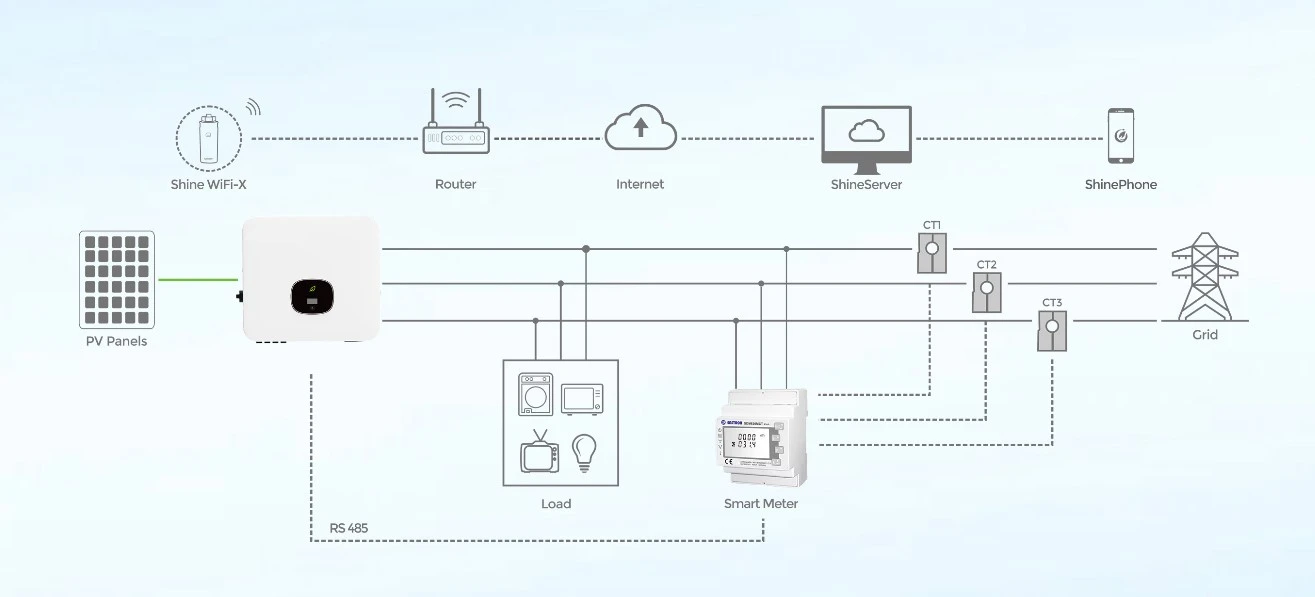solar panels for shed roof
Solar Panels for Shed Roofs A Sustainable Option
As renewable energy sources gain popularity, many homeowners are looking for ways to harness solar power—not just on their main roofs but also on auxiliary structures like sheds. Installing solar panels on a shed roof can be an excellent investment for those looking to maximize their energy efficiency and reduce their carbon footprint. Here, we explore the benefits, considerations, and steps for installing solar panels on your shed.
Benefits of Solar Panels on Shed Roofs
1. Space Optimization Sheds often have unused roof space that can be transformed into a productive energy-generating area. This is especially beneficial for properties where the main roof may not have adequate orientation or space for solar panels.
2. Energy Independence By generating your own electricity, you reduce reliance on the grid, potentially lowering your energy bills. This is particularly useful for off-grid sheds or workshops where electricity costs could become significant over time.
3. Portable and Versatile Solar panels can be tailored to fit various shed roof designs, making them a versatile option. They can power tools, lighting, and additional appliances without worry, promoting a more functional workspace.
4. Environmental Impact Generating clean, renewable energy contributes to reducing greenhouse gas emissions. Even small installations can make a difference, enhancing your property's sustainability profile.
Considerations Before Installation
1. Roof Condition and Orientation Ensure that your shed roof is in good condition and can support the weight of the solar panels. Additionally, the orientation and angle of the roof will affect the panels’ efficiency. Ideally, they should face south, but east or west can also work effectively.
solar panels for shed roof

2. Energy Needs Assessment Before installation, analyze your energy needs. Calculate how much energy you consume in the shed for tools, lighting, and other appliances. This will help in determining the size and number of solar panels required for your specific situation.
3. Local Regulations and Permits Check local building codes and regulations regarding solar panel installations. Some areas may require permits, especially if the installation will alter the shed’s structure.
4. Budget and Financing Options Solar panels have upfront costs, but various financing options can ease the burden. Look into incentives, tax credits, or grants available for solar installations in your area to help offset costs.
Installation Steps
1. Choose the Right Panels Select panels based on efficiency, warranty, and price. Monocrystalline panels are known for their high efficiency and longevity, while polycrystalline panels are generally less expensive.
2. Mounting System Decide on a mounting system that fits your roof type. Ensure it allows for proper angling and drainage while minimizing roof damage.
3. Installation While DIY installations are possible, hiring a professional may be the best option for ensuring safety and compliance with local regulations.
4. Connect to Battery or Grid Depending on your setup, you might want to connect your system to a battery for off-grid energy use or connect it to the grid if you seek a grid-tied solution.
Solar panels on shed roofs represent a smart and sustainable way to harness renewable energy, bringing a host of benefits while contributing positively to the environment.
-
String Solar Inverter: The High-Efficiency Solution for Smart Solar EnergyNewsJul.14,2025
-
Revolutionizing Rooftop Energy with the Power of the Micro Solar InverterNewsJul.14,2025
-
Power Independence with Smart Off Grid Solar Inverter SolutionsNewsJul.14,2025
-
On Grid Solar Inverter: Powering the Future with Smart Grid IntegrationNewsJul.14,2025
-
Monocrystalline Solar Panels: High-Efficiency Power for the Future of Clean EnergyNewsJul.14,2025
-
Bifacial Solar Panel: A Smarter Investment for Next-Generation Energy SystemsNewsJul.14,2025







